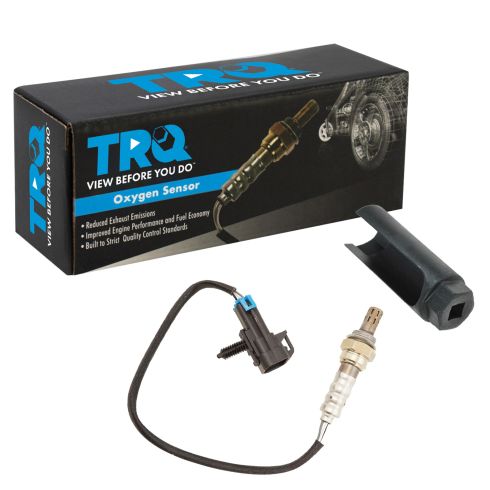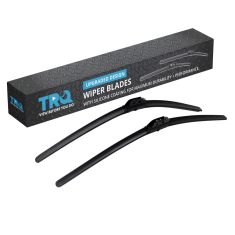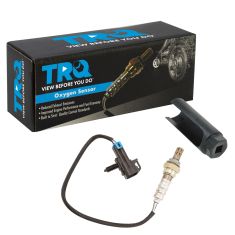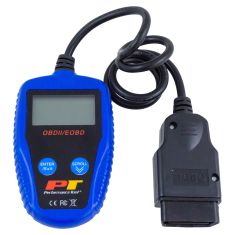1AEEK00513-O2 Oxygen Sensor TRQ OSA61629





Replaces
1996 Cadillac Deville V8 4.6L Upstream Front O2 Oxygen Sensor TRQ OSA61629



Recommended for your 1996 Cadillac Deville
Product Reviews
Loading reviews
Customer Q&A
No questions have been asked about this item.
Cadillac is a registered trademark of General Motors Company. 1A Auto is not affiliated with or sponsored by Cadillac or General Motors Company.
See all trademarks.

















